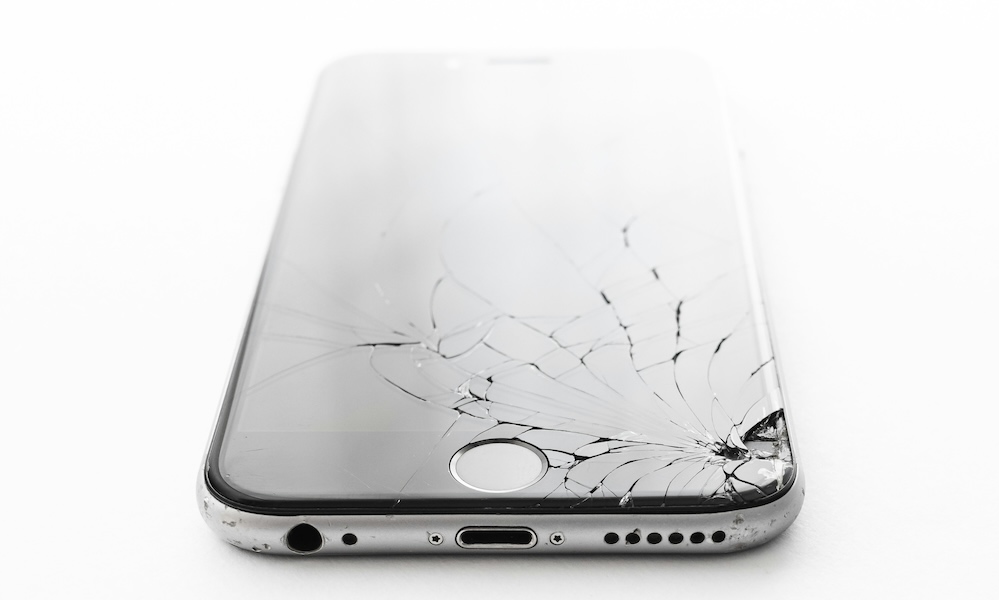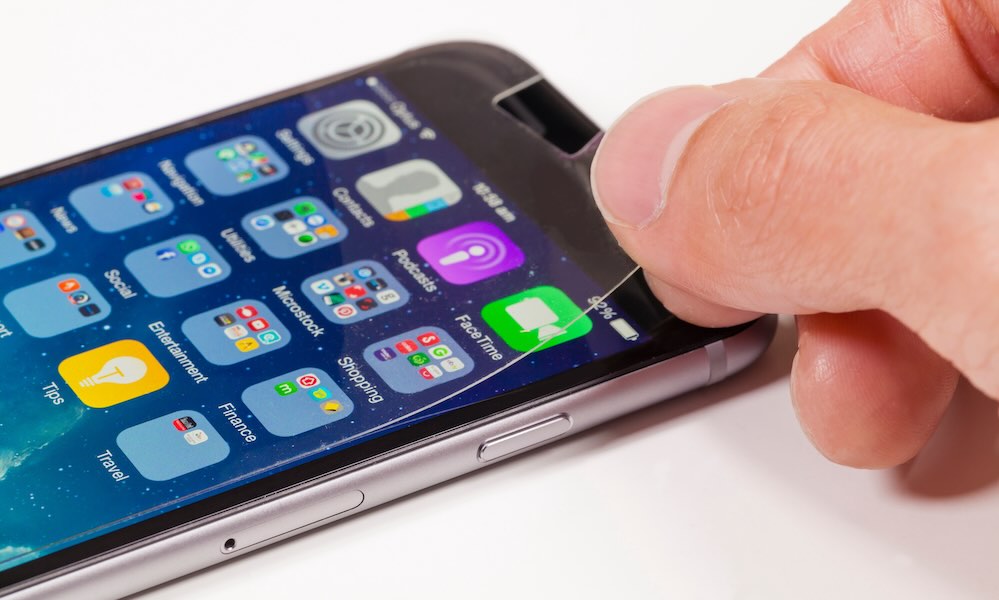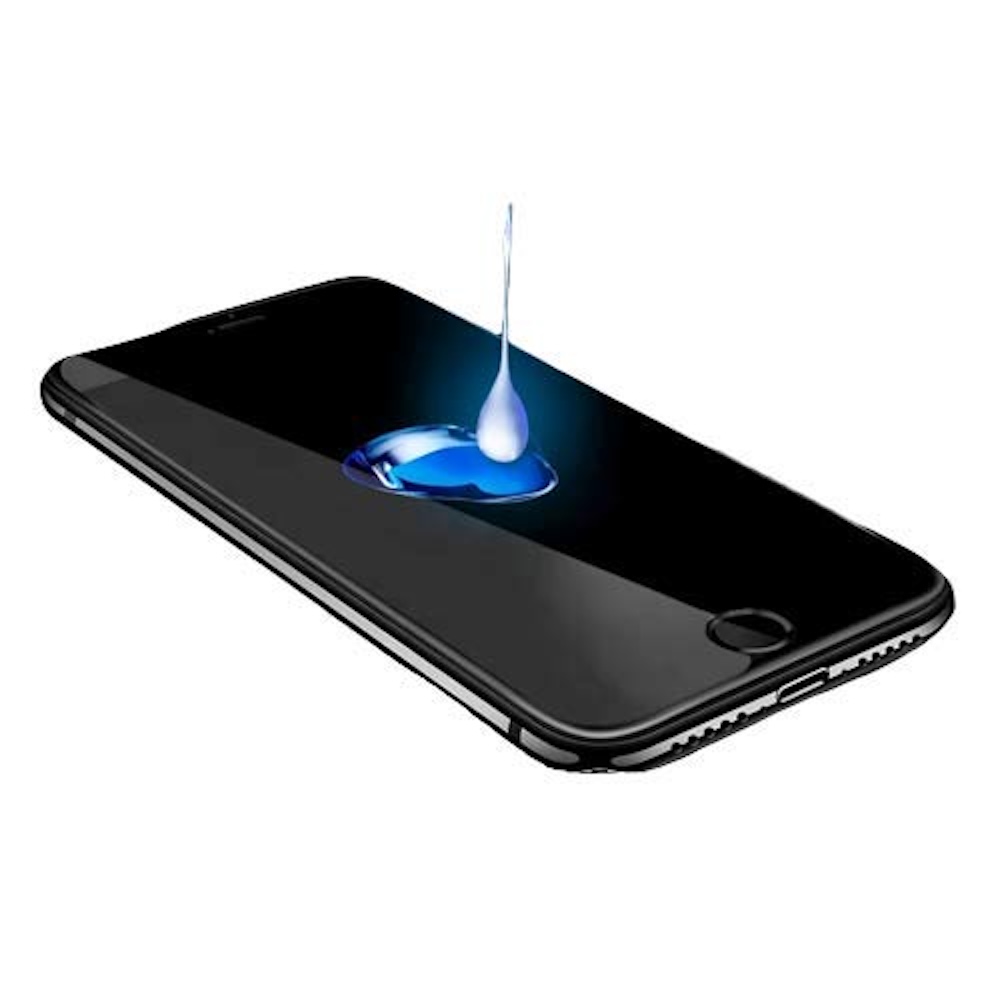Are Screen Protectors a Thing of the Past?
 Credit: Greg Rosenke / Unsplash
Credit: Greg Rosenke / UnsplashToggle Dark Mode
The necessity of a screen protector on your iPhone has become a topic of debate, especially with advancements in screen technology.
Modern iPhones are equipped with highly durable glass, designed to withstand drops, scratches, and everyday wear and tear without compromising the quality of the display. With the exception of Apple’s budget iPhone SE, the iPhone 12 and later models are equipped with Ceramic Shield, a glass developed specifically for Apple by Corning, best known for making the Gorilla Glass used in many competing smartphones.
Ceramic Shield is created by embedding ceramic nanocrystals into the glass through a high-temperature crystallization process, making the glass more durable against bumps and scratches. Corning also makes Gorilla Glass Victus and Gorilla Armor, the glass used on smartphone screens like the Samsung Galaxy S21 and S24 Ultra. Does the cost and hassle of applying and replacing screen protectors justify the level of protection they offer considering the built-in resilience and optical advancements of the latest iPhone screens? Let’s explore so you can draw your own conclusions.
First, everyone should be aware of the size of the global smartphone screen protector market. In 2022, it was pushing $50 billion annually. The US market alone was $9.9 billion dollars. For comparison, the US market for screen protectors was about half that of the skincare and makeup market for the same year. Suffice it to say that manufacturers of screen protectors benefit from making you feel like you need one. But do you? As of today, we believe the answer is “maybe.”
According to Santa Barbara, California-based GadgetFix, cracked screens are the most common type of damage to smartphones, with water damage next. Given that cracked screens are such a pervasive problem, why not get a screen protector and a case to protect your iPhone? One primary knock on screen protectors is that they prevent to screen from being used as it was intended. Screen protectors can impact the screen’s responsiveness and clarity by making it more reflective. To counteract reflection and glare, users typically increase the screen’s brightness leading to shorter daily battery life and a cumulative negative impact over time.
There are two primary types of screen protectors, tempered glass and liquid glass. Tempered glass is a solid sheet of glass placed over the screen. Liquid glass is just that, a liquid, that’s lightly brushed onto the screen and allowed to dry. A good tempered glass screen offers the greatest amount of protection. The downside is that they can be a bit thick. Liquid glass, when it dries, is much thinner and not as strong. Many critics dismiss liquid glass screen protectors as “snake oil” that’s actually harmful to the screen. As a disclaimer, I’ve had a liquid screen protector on my iPhone 13 Pro for two years without issue. It’s survived countless drops, and I haven’t noticed any meaningful issues with the glare of the screen responsiveness. It was applied at Verizon at the time of purchase.
The question of how much impact protection a screen protector adds is a difficult one to answer. The Ceramic Shield has proven itself to be extremely tough in drop tests, while even the best screen protectors aren’t nearly as impact-resistant. Many folks breathe a sigh of relief at seeing a broken screen protector after a drop, thankful that their expensive iPhone screen didn’t get damaged instead, but that doesn’t necessarily mean the screen protector made a difference. Tests have shown that most impacts strong enough to crack the iPhone’s Ceramic Shield will go right through a screen protector. There’s a small threshold where a good screen protector can absorb just enough of that to keep it from reaching your screen, but that’s a sweet spot you’d have to be pretty lucky to hit; it’s far more likely that an impact will either be weak enough that the iPhone’s Ceramic Shield would have survived on its own, or strong enough that the screen protector didn’t matter. Of course, even a small amount of protection is better than none at all.
However, there’s also the matter of scratches. Building tougher glass has always been a tradeoff between hardness (resistance to scratches) and impact resistance. Generally, the more shatterproof a glass is, the more susceptible it is to getting scratches and scuffs, and Ceramic Shield definitely leans toward drop protection. How you carry your iPhone will make a big difference here; iDrop News editor Jesse Hollington hasn’t used a screen protector on any of his iPhones since the 2008 iPhone 3G — the model before Apple added an oleophobic coating to reduce smudges and fingerprints — but he also always keeps his iPhone in a pocket by itself, with no other objects like keys or coins that can scratch the screen. His teenage daughter isn’t nearly as careful, collecting noticeable scratches on the face of her iPhone 13 Pro in only a few months. The bottom line here is that those who toss a phone in a backpack or purse may have good reason to add a screen protector simply to capture the scratches from nearby objects.
Many iPhone purists knock screen protectors and sometimes even cases. They want to experience the iPhone only as it was designed. However, given the upfront cost of an iPhone, it’s natural one would opt for a screen protector, especially with insurance costs. It’s certain that smartphone screens continue to get stronger, potentially eliminating the need for a screen cover in the future. As of now, the benefits might still be worth it. If you’re considering an upgrade soon, try removing your screen protector to see if it changes your overall experience. Then, you can decide if you want one for your next iPhone.









